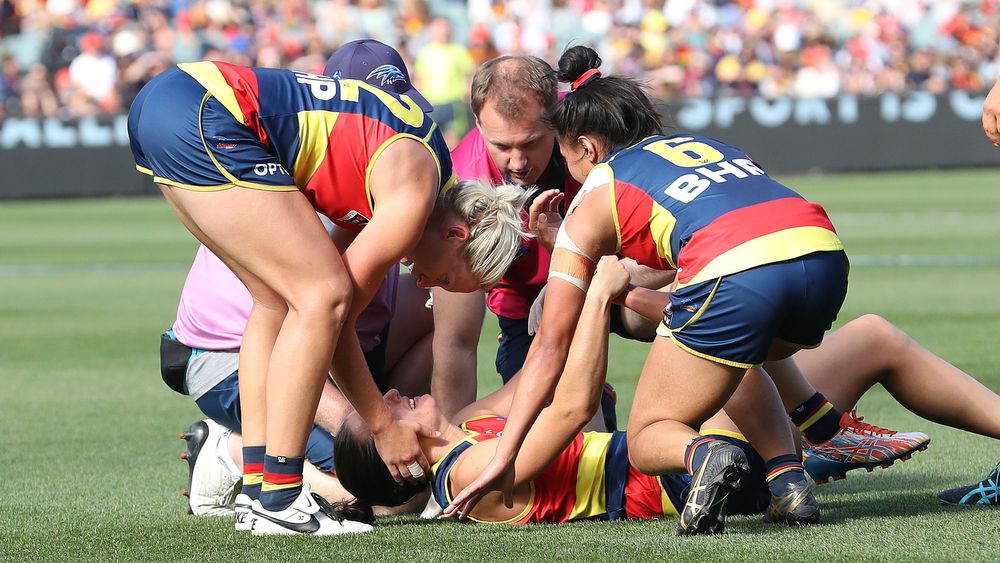Women in sport has come a long way since the first Mildred “Babe” Didrikson was the first woman to qualify for the olympics in 1932 and winning 5 events and setting world records in athletics. It was only in 1967 that Kathrine Switzer was the first woman to run the boston marathon (where race officials attended to escort her off the course as women were not allowed to compete in the event).
In the last 90 years, women are more and more branching into sports and physical activity, with the 2020 Tokyo Olympics being a clear example of this with it being the first time there was a woman in every event.
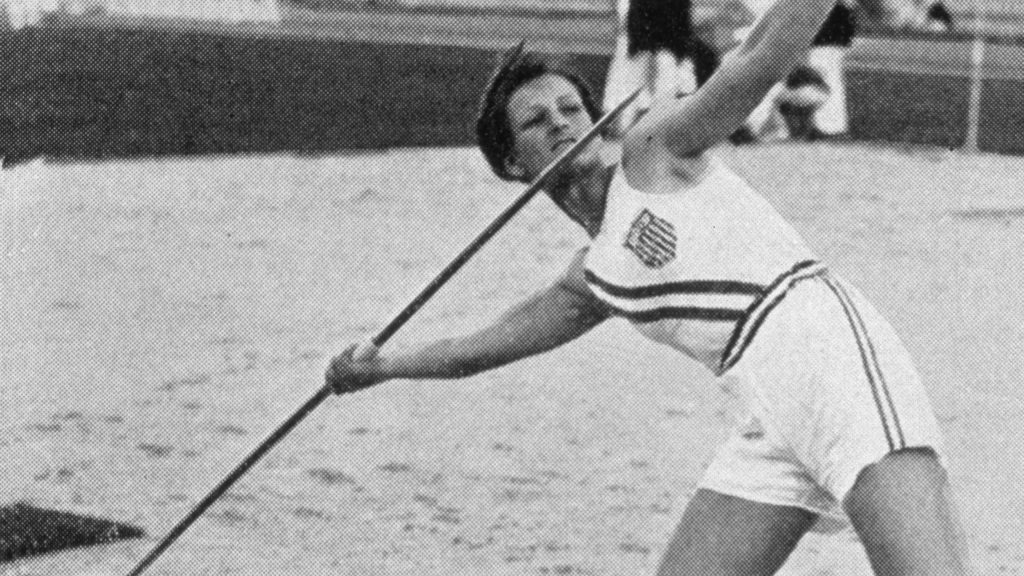
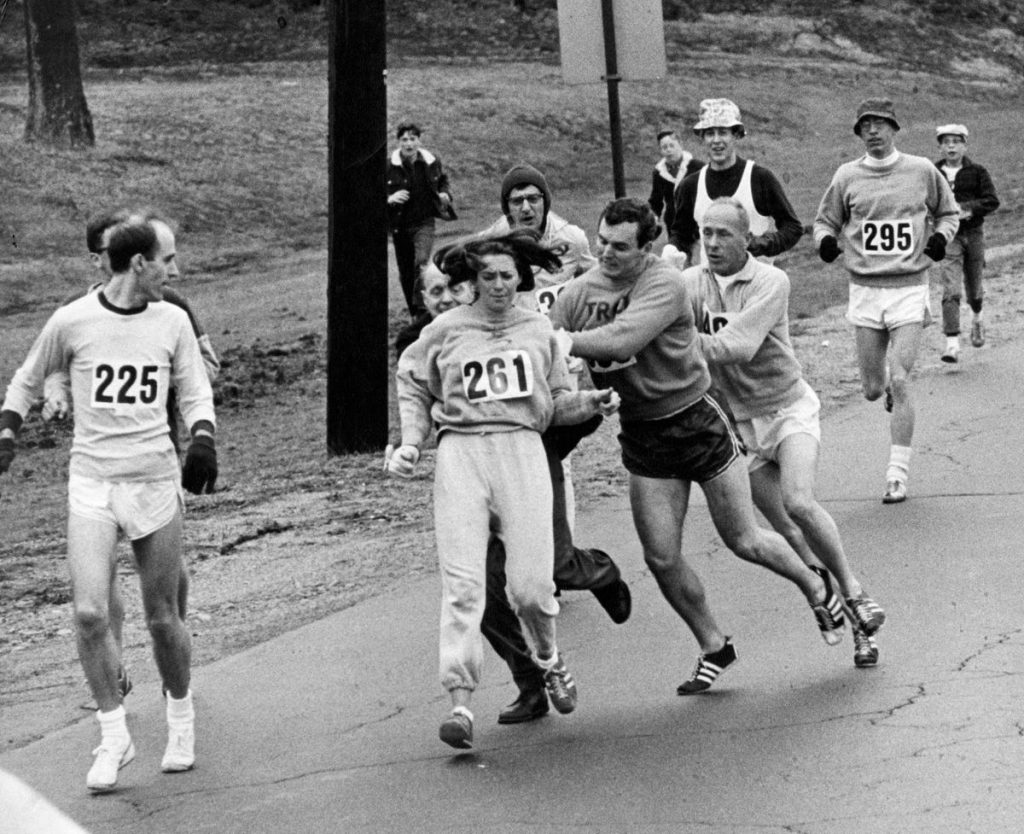
With this, we are starting to truly understand the physical demands and injuries that women endure in sport. We already know that the prevalence of certain injuries are higher in women than men. But let’s start from the beginning; What makes a woman’s body different to their male counterparts.
Ligament laxity
- Women have differing hormonal profiles and this often leads to women being more lax than males. This is often thought to be due to the peaks and troughs of oestrogen and progesterone in their menstrual cycles
Wider hips
- Widers pelvis’ lead to a change in biomechanical alignment. It is thought that by having larger Q angles (the angle made from your hips to your feet) increases tibial torsion and femoral anteversion (hello hips and knee injuries).
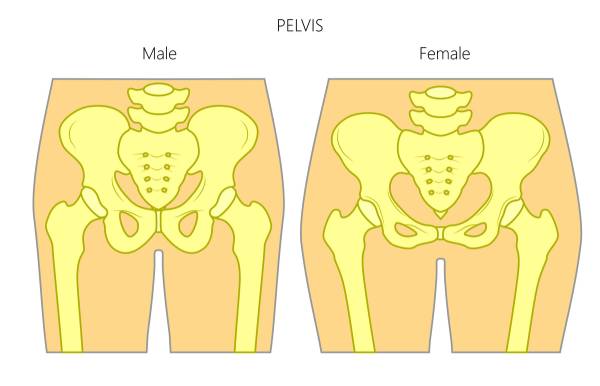
Smaller Intercondylar notch
- The what!?! The notch found within your knee that provides function to the knee and an attachment site for the ACL & PCL (Hello ACL injuries). It is often thought this might be a reason why women have higher incidences of knee ligament injuries.
In saying this, there is no evidence to suggest that only one sex sustains a certain injury more than another, however there is evidence to suggest that women injure a structure more than men.
So what sporting injuries are women more likely to present?
Anterior cruciate ligament (ACL) rupture
Everybody has heard of the ACL injury, especially amongst those that play AFL, soccer, rugby, skiing and tennis. Tears or sprains of this ligament are 2 to 8 times more likely to happen to female athletes than their male counterparts.
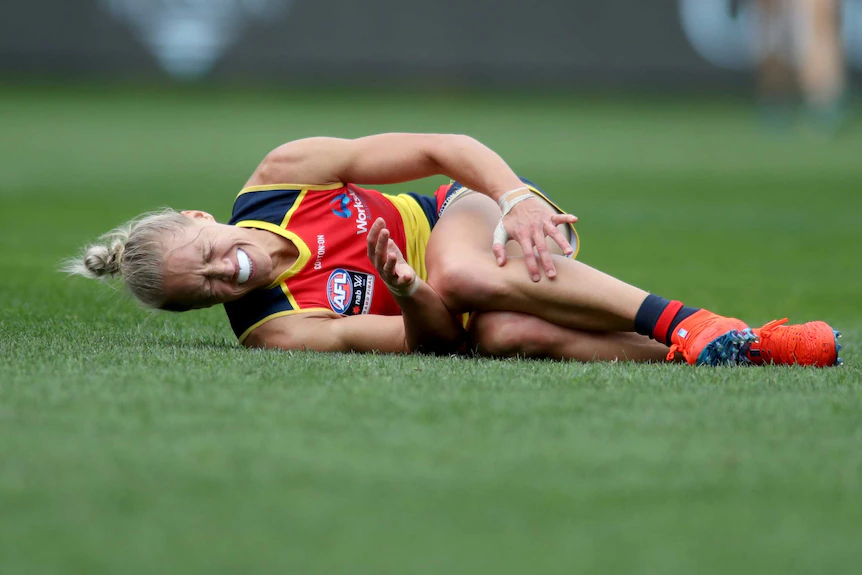
Patellofemoral injury
Aka knee injury. Women are more likely to suffer from overuse injuries 2 times more likely than males. This type of injury is often due to cartilage under the kneecap being damaged, causing pain underneath the kneecap. AGAIN! Thanks to our laxity, female athletes are more likely to require surgical intervention than males for patellar instability.
Stress fractures
GUESS WHAT! Women are more likely to experience a stress fracture than their male counterparts. (insert eye roll emoji). Often these are present in the shin or feet, especially in those that participate in running/ high impact type sports; football, soccer, tennis etc. However, the interplay between hormonal balance and nutritional intake is often seen to be the cause of these complaints.
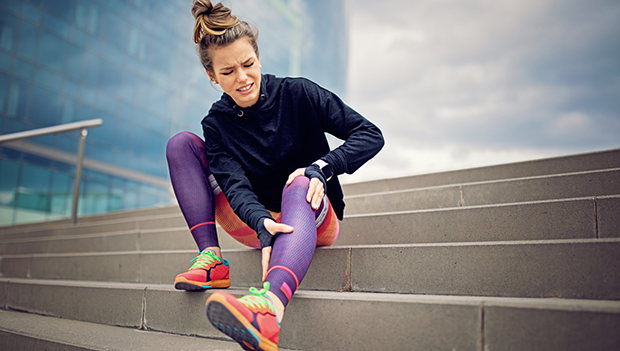
Ankle sprains & instability
If you play soccer, volleyball, basketball, baseball or softball, lacrosse, swim, dive or track and field and are a female athlete, guess what!? You are more likely to experience higher ankle sprains and lateral ankle sprains (ATFL) than male athletes. Good news is though, men have higher rates of medial ankle sprains than women! ( I guess we had to let them have something right??)
Concussions
Not only do women again more likely to sustain a concussion , but are also more severe than male concussions. It is thought that women have lower biomechanical threshold tolerance for head impacts (aka our body isn’t conditioned to assist with stopping head knocks), as well as that concussions may alter the hypothalamic-pituitary-ovarian axis, which may result in worse symptoms and amenorrhea (absence of menstruation). However, the problem still remains that athletes under report their concussions (in all genders)
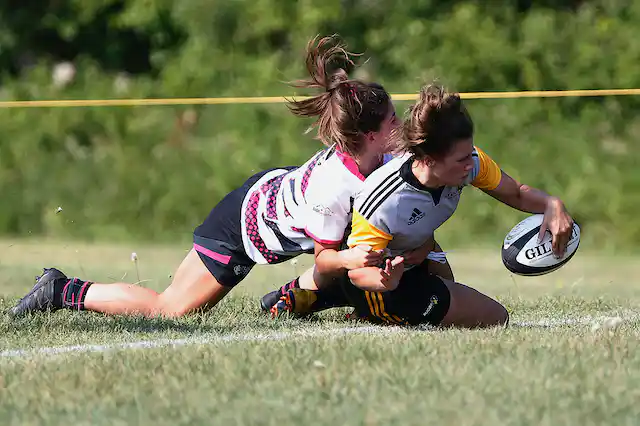
Shoulder instability
Although men are more likely to have traumatic shoulder injuries (breaks & dislocations), females often present with multidirectional instability and have poorer outcomes after surgical management (again thanks to our laxity)
If this post has turned you off joining sport all together, I do not blame you! I would like to keep my knees, shoulders and head unharmed! But it is because of this fear that women have avoided sport altogether and has been suggested to play a role in the development differences of an athlete’s competitive ability, leading to the increased prevalence of women’s sporting injuries. IT’S A NEVER ENDING CYCLE!
So what do we do about it?
Whenever you sustain ANY injury from ANY sport at ANY point in your career, (ammiteur, local-warrier, sub-elite, background-cricket-elite), you should see a health professional. However, it’s worth considering seeing an Osteopath or physiotherapist that has an interest in Women’s health.
The team at Bodylab.health have an interest in all things women; pregnancy, women’s health, women’s sports injuries, postpartum and pelvic health. If you have any questions, please feel free to contact our osteopaths to find out more information, or email us at info@bodylab-health
References:
Gianakos, A. L., Abdelmoneim, A., Kerkhoffs, G., & Mulcahey, M. K. (2022). Rehabilitation and Return to Sport of Female Athletes. Arthroscopy, sports medicine, and rehabilitation, 4(1), e247–e253. https://doi.org/10.1016/j.asmr.2021.09.040
Schram, B., Canetti, E., Orr, R. et al. Injury rates in female and male military personnel: a systematic review and meta-analysis. BMC Women’s Health 22, 310 (2022). https://doi.org/10.1186/s12905-022-01899-4
McGroarty, N. K., Brown, S. M., & Mulcahey, M. K. (2020). Sport-Related Concussion in Female Athletes: A Systematic Review. Orthopaedic journal of sports medicine, 8(7), 2325967120932306. https://doi.org/10.1177/2325967120932306
Nelson, Bradley J. M.D.*; Arciero, Robert A. M.D.†. Stress Fractures in the Female Athlete. Sports Medicine and Arthroscopy Review: March 2002 – Volume 10 – Issue 1 – p 83-90
Harmon, K. G., & Ireland, M. L. (2000). Gender differences in noncontact anterior cruciate ligament injuries. Clinics in sports medicine, 19(2), 287–302. https://doi.org/10.1016/s0278-5919(05)70204-0
Almeida, S. A., Trone, D. W., Leone, D. M., Shaffer, R. A., Patheal, S. L., & Long, K. (1999). Gender differences in musculoskeletal injury rates: a function of symptom reporting?. Medicine and science in sports and exercise, 31(12), 1807–1812. https://doi.org/10.1097/00005768-199912000-00017

